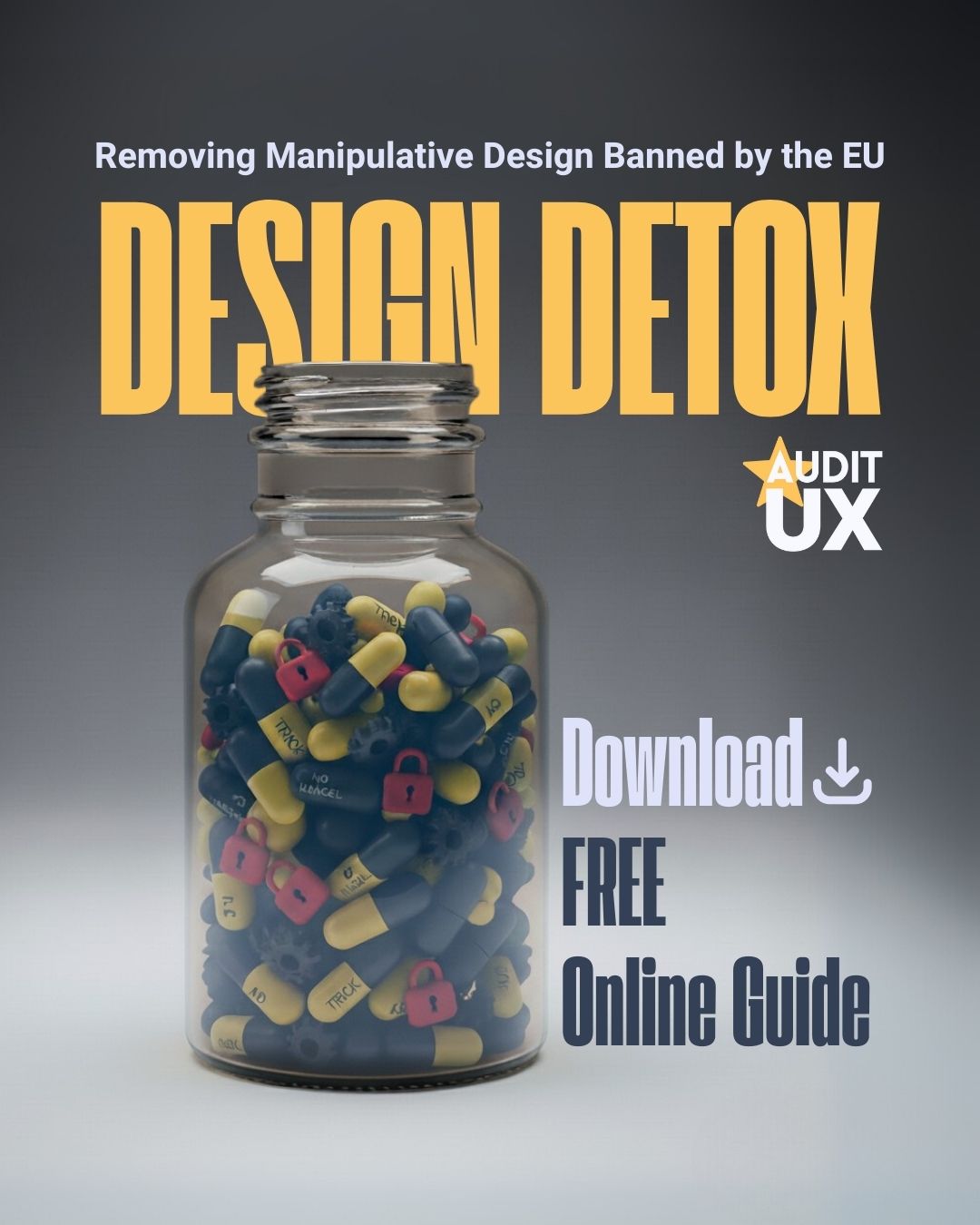In the world of UX design, there is often a misconception that only designers should be involved in creating user experiences. This idea is not only incorrect but also harmful. If you are a professional who values positive results and user-centered experiences, collaboration with developers must be a priority.
UX auditing plays a central role in this dynamic. It is more than just an interface evaluation; it is a strategic tool that brings teams together to build better products—for people, not just for algorithms.
Why Is Collaboration Essential?
For a digital product to be effective, it must perfectly combine visual design, functionality, and technical performance. This cannot be achieved without developers’ contributions. In a software-driven world, they are the cornerstone of any successful project. Here’s why:
- Valuable technical insights: Developers provide essential perspectives on the feasibility of design solutions. They can identify technical limitations early and propose effective alternatives.
- Optimization and performance: A stunning design won’t have an impact if the product loads slowly or doesn’t function properly. Developers ensure the necessary performance for a smooth experience.
- Creating a holistic product: Collaboration between designers and developers ensures consistency between creative vision and practical implementation, leading to products that provide real value to users.
Concrete Benefits of Collaboration in the UX Audit Process
A UX audit is the perfect time to bring teams together and align efforts. This process identifies weaknesses in the product and provides clear directions for improvement. Collaborating with developers during a UX audit offers the following benefits:
- Identifying technical and usability issues: Developers can spot obstacles that designers might overlook, such as code errors or functionalities that hinder usability.
- Aligning objectives: By involving all parties, a UX audit becomes more than just an analysis—it turns into a well-coordinated action plan where everyone contributes to the project’s success.
- Enhancing the end-user experience: Working together, teams can create solutions that not only look good but also function flawlessly.
Why “Us vs. Them” Is a Toxic Mentality
An exclusionary approach where developers are kept out of UX decisions offers no real benefits. Instead, it:
- Creates tensions and frustrations within the team.
- Delays development by requiring fixes for issues that could have been prevented earlier.
- Reduces the quality of the final product.
A successful product requires a shared understanding of goals and ongoing collaboration between teams. Saying that “developers should stay in their domain” ignores the fact that they play a central role in the UX process.
How Can You Promote Collaboration in Your Team?
To build a united team that works efficiently on UX projects, here are some strategies:
- Communicate shared goals: The entire team must understand what is expected from the final product and how each member contributes to achieving it.
- Include developers in the design process: Involve them early in the project to prevent obstacles later.
- Organize brainstorming sessions: These can generate innovative ideas and break down barriers between teams.
- Invest in UX audits: These are excellent opportunities to evaluate weaknesses and find collaborative solutions.
Why Is UX Auditing Essential for a Product’s Success?
A UX audit is not just an analysis; it is an investment in the product’s long-term success. It:
- Highlights what works and what needs improvement.
- Helps the team better understand user needs.
- Increases the chances that the product will be adopted and appreciated by the audience.
Collaboration between designers and developers is vital in this process to ensure that proposed solutions are both technically feasible and attractive to users.




